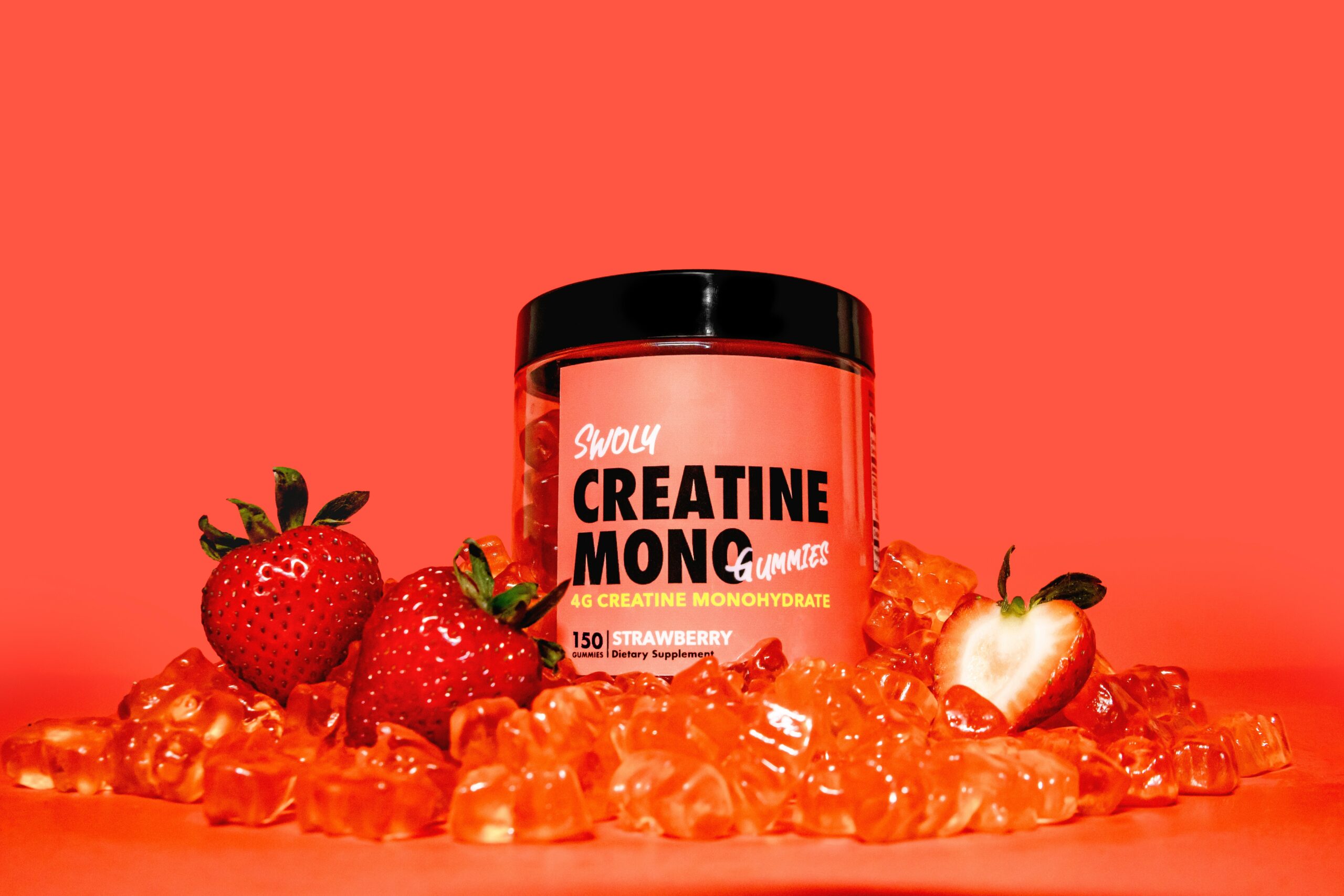Creatine for Everyone?


Is it effective? Is it safe? Are there uses for it outside of the gym? Let’s take a look at this very popular workout supplement. You may be surprised by its other uses.
Is it effective?
Creatine is a substance that our body naturally creates, but is also one of the most extensively studied, and proven effective supplement for increasing muscle mass and strength. This is possible because creatine helps supply a phosphate molecule for ATP. The energy of the cell. Athletes that take it get bigger, stronger, and faster because it allows the muscles to do more work before fatiguing.
How do I use it?
It’s important to understand a little more about how creatine works in your body. ATP is used up in the first couple of seconds of muscle activity. The creatine phosphate that is in muscle cells supplies energy for the next 10 seconds. It is completely out of the system within 15 to 20 seconds. That’s why it is best used in explosive activities such as jumping, sprinting, weightlifting, and HIIT. That’s also why creatine would have very little benefit to an endurance athlete.
Many people recommend doing a loading phase when starting creatine, but there really isn’t any research suggesting that it is necessary. It has also been shown that cycling periods on and off makes no difference either.
I recommend 5 grams a day, and that is consistent with most of the research. Make sure though, that if you begin taking creatine or increase your intake of creatine, make sure you increase your water intake as well. Due to the mechanism of how creatine works on a cellular level, it can cause mild dehydration if water intake is not increased.
Is it safe?
Doses up to 10 grams daily for up to five years have been shown to be safe. Current research shows no kidney damage associated with its use.
You may see elevated creatinine on blood work. But that is artificially elevated and not a problem. There are many different forms of creatine on the market, however creatine monohydrate is still the cheapest and the best. It is the only form of creatine I use with patients.
Other uses
Another use for creatine phosphate is in the detoxification of excess ammonia in your system. Ammonia is a normal byproduct that your body deals with. However, if the urea cycle becomes overloaded with ammonia, either from intense exercise, more protein than your body can handle, or a fungal infection, it can cause a wide variety of symptoms.
Brain fog, neurotransmitter imbalances, fatigue, and any weird neurologic symptom can relate to ammonia toxicity. If your sweat stinks after a workout, there is a good chance that you have an ammonia problem. When you finish your next workout, seal your clothes in a plastic bag. See what they smell like the next day. This would be a sign of overtraining or not recovering enough. Make sure you get more sleep and maybe adjust your training routine for a while. If you get foggy after a large protein meal, it could mean that your urea cycle is not optimum. Tired all the time and brain fog most of the time? Likely fungal infection creating lots of ammonia.
Creatine phosphate can be used to get rid of the excess ammonia, but of course, the underlying problems need attention. Often, I use 4 grams of creatine per day for these symptoms.
Conclusion
So, in conclusion, creatine phosphate is a supplement that performs many different tasks. Not only has it been extensively studied, but it has also been proven to enhance athletic performance, as well as help detox the body to return it to normal function.
 True Health | Charleston, WV
True Health | Charleston, WV
Recent Comments